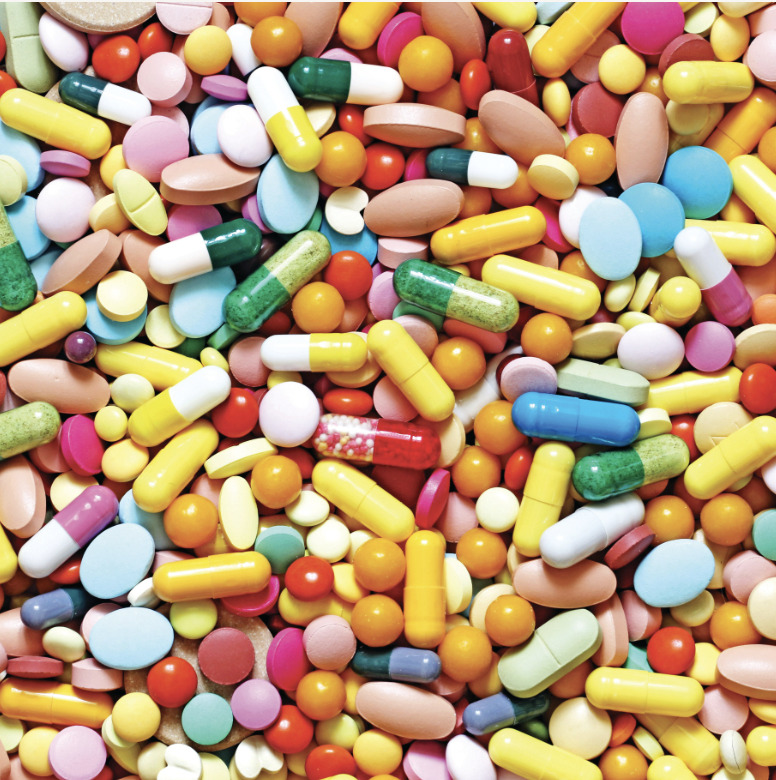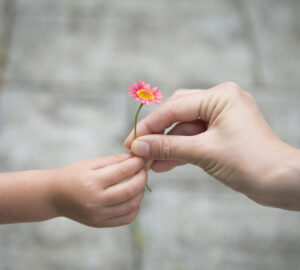
Dear reader,
Instead of responding to one of your questions, I am writing this column to explore my own concerns regarding the recent surge in accidental fentanyl overdoses. Illicitly manufactured fentanyl overdose is now the number one cause of death for people 18-45 years old.
What do we need to know and how can we protect our kids?
Fentanyl is a pain medication, a synthetic opioid that is fifty times stronger than heroin and one hundred times stronger than morphine. Pharmaceutical fentanyl is an effective medication for individuals with severe pain. Illicitly manufactured fentanyl (IMF) is a dangerous substance that is being added to other drugs to make them cheaper, stronger, more addictive, and often deadly.
Although drug use among teens is decreasing overall, the average number of overdose deaths involving IMFs has more than doubled among adolescents. The majority of those who died had no history of opioid use. For some, it may have been their first time taking pills.
There is a common misperception that prescription drugs are safer than other substances. Research shows a significant increase among young people sharing prescription meds. Kids can get pills from friends at school and can even buy pills on the Internet. Traffickers connect to kids through social media; fake prescription pills are advertised with emojis and dyed bright colors to make them more appealing to young people.
Another important factor is that many individuals who accidentally overdose have a history of a mental health diagnosis. Given that rates of depression and anxiety among children and teens continue to increase and some will try to self-medicate, it’s especially important to pay attention and talk with our kids about the risks of taking pills.
If you’re not already talking to your kids about drug and alcohol use, start now. We know that adolescence is a time of experimentation; risk-taking behavior is a normal part of development and provides the opportunity to test their skills and discover who they are. Parents can help decrease the risks of drug and alcohol use by being actively engaged with their kids. Kids whose parents talk to them about drug and alcohol use, express disapproval, and have clear rules and consequences are less likely to use drugs and alcohol.
The reality is that some young people are going to experiment, but harm reduction strategies can be important tools to help keep young people safe. Talk with your kids about how to stay safe in situations where drugs and alcohol may be involved. Let them know they can call on you for help if they find themselves in a risky situation. Most importantly, try not to be judgemental if you find out your young person has tried drugs or alcohol. Community connectedness and parental involvement are the main protective factors against drug and alcohol abuse. Open and honest communication is key.
Cecilia Ortiz, LCSW is a clinical social worker and a mom. She has nearly 20 years of experience including working with kids, teens, and adults in the areas of education, abuse, trauma, and prevention.



